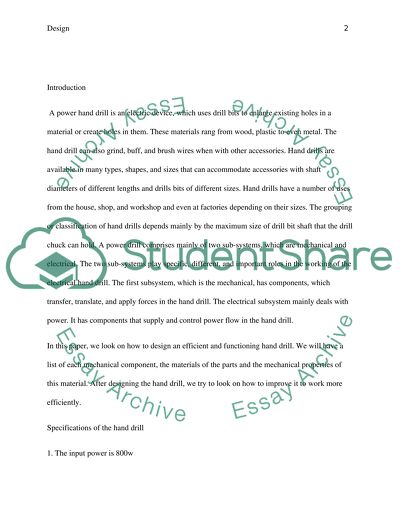Cite this document
(“Power hand drill Essay Example | Topics and Well Written Essays - 3750 words”, n.d.)
Retrieved from https://studentshare.org/engineering-and-construction/1395072-design
Retrieved from https://studentshare.org/engineering-and-construction/1395072-design
(Power Hand Drill Essay Example | Topics and Well Written Essays - 3750 Words)
https://studentshare.org/engineering-and-construction/1395072-design.
https://studentshare.org/engineering-and-construction/1395072-design.
“Power Hand Drill Essay Example | Topics and Well Written Essays - 3750 Words”, n.d. https://studentshare.org/engineering-and-construction/1395072-design.


